How do I transport my bike?
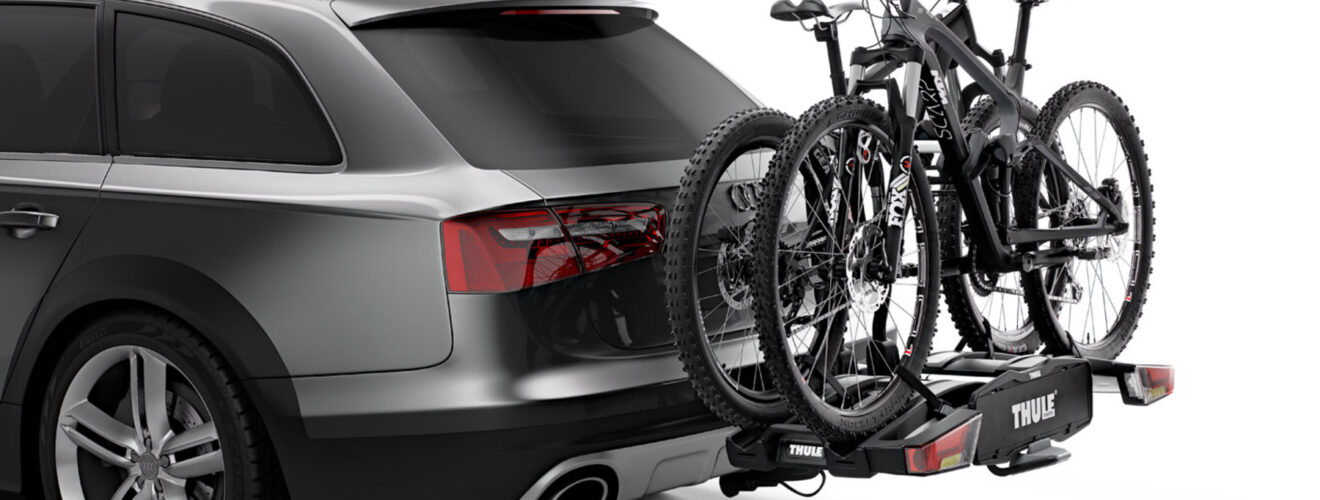
Renunciation is certainly not a word that evokes pleasant associations, rather we associate it with missing something … And what we certainly don’t want to miss is our beloved little bike!
Being able to take our own bike everywhere gives us freedom in planning our trips. More options are available to us, fewer limits have to be observed.
It should be uncomplicated, not slow us down unnecessarily. And reliability is also an important factor. When travelling on the motorway, we don’t want to have to worry about whether our bike is attached firmly enough to the rear. When rushing off on holiday, relaxation is at the top of the list; under no circumstances do we want to deal with annoying concerns.
All in all, this already describes that we want a grenade for safety in this area, which is why we want to recommend only quality products to you, articles whose experience values speak for themselves and completely exclude nasty surprises.
Some transport models are designed exclusively for specific car types or brands. However, we focus on transport systems for almost all car brands. Fortunately, there are a number of flexible models or basic equipment to ultimately fit your desired carrier.
What do I have to pay attention to?
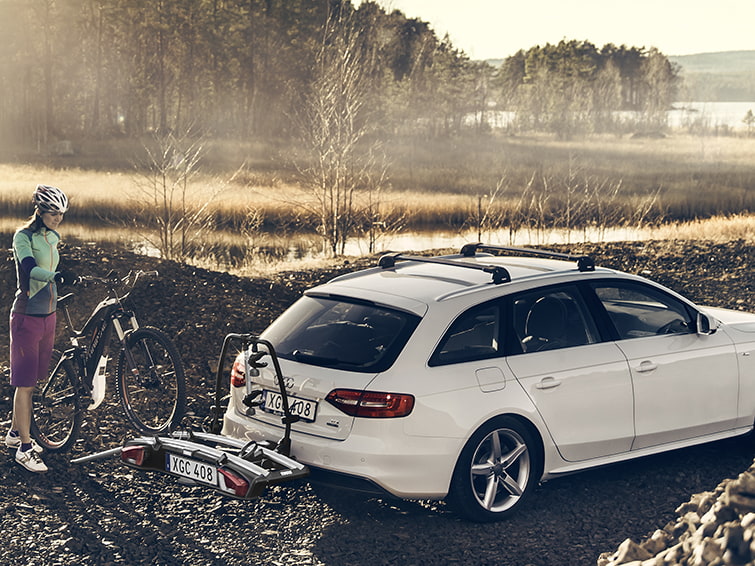
With transport systems, it is important to observe various dimensional specifications regarding technical data. You will have to take a look at the operating instructions for your car or motorhome. It is also essential to familiarise yourself with the regulations of the holiday country and the countries through which you are travelling. These indicate various regulations, such as the display of warning signs in the event of an overhanging load.
Depending on the country of travel, you will also need to be aware of the maximum permissible overhang and in some cases you will need your warning sign even if you have folded the rear carrier and attached it to your car without cargo.
If you fail to do so, you will be liable to fines, some of which can be very severe.
Anything from just under 40 to almost 1700 euros is possible, so it is worth taking a close look at the loading and labelling regulations of the respective country.
What is important to me?
Do you want to transport your bike in, on or around the car or motorhome? How many bikes do you want to take with you? How space-saving, expensive, professional and simple do you want it to be?
Roof or rear racks are generally preferred, even if they are a little more expensive to buy than the variants for the interior. The big advantage of roof and rear systems is obvious, because they leave enough space in your luggage compartment for other things.
Transport systems for the interior are therefore only an option if you don’t need much else. They offer the advantage that the bikes are best protected in the interior and you can also travel as usual in terms of handling. Overall, you have to pay much less attention, as there are no labelling requirements.
The advantages of transporting bikes inside are:
- Bicycles are protected against theft and vandalism
- No disadvantageous driving characteristics
- The systems for the interior are quite inexpensive
- Most transport devices are flexible and therefore suitable for almost every type of vehicle
- Bikes are protected from wetness, dirt and grime
- Very easy to transport even for the inexperienced
- Fuel consumption is lower
- No annoying wind noise
- No need to attach additional number plates or lighting systems
- Advantageous especially for high-quality bicycles
- No danger for passengers and road users even during heavy braking manoeuvres
How does it work?
With these carrier systems, the front wheels of the bikes are first detached. This allows the frames to be fixed directly to the fork by means of the carrier on the boot floor. This is very easy and quick to do.
The rear carrier
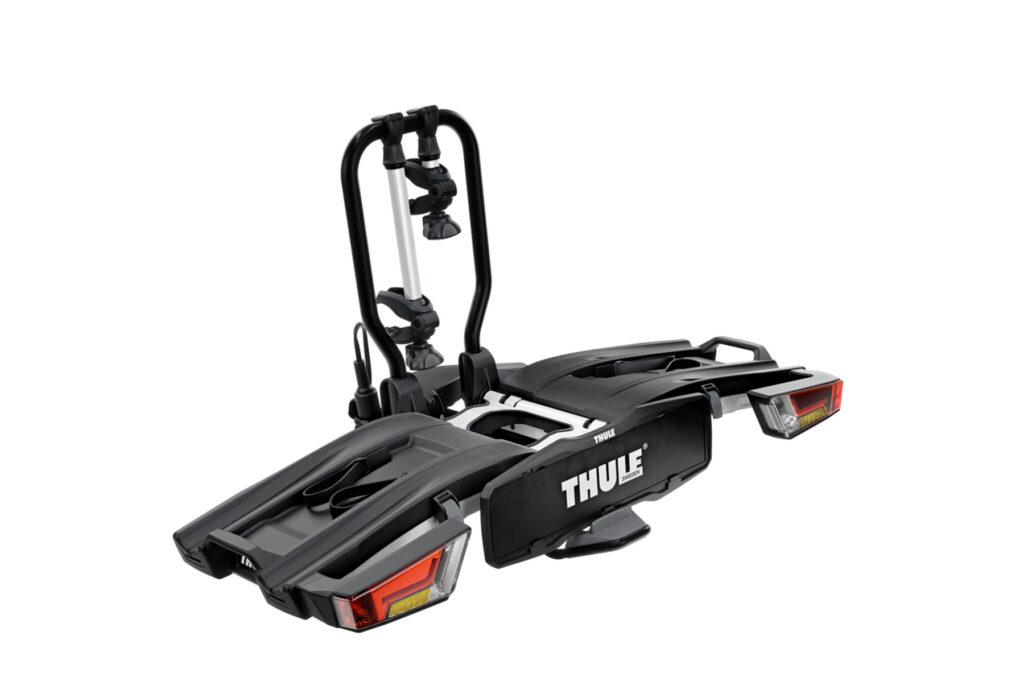
If your car has a trailer coupling or a stable tailgate that is suitable for such transports according to your car’s operating instructions, there is nothing to stop you choosing a rear carrier. Bear in mind that you will need a registration plate, as you will cover up your actual registration plate when you attach the carrier to the ball head. The same applies to the lighting. Accordingly, the rear carrier must be equipped with its own lighting system, which is the case with most of them anyway. And: The wheels must not protrude more than forty centimetres beyond the rear light, and the width of the loaded vehicle must not exceed 2.55 metres.
Be sure to observe the load capacity of the carrier and the drawbar load of the trailer coupling. Especially if you are transporting several bikes with motor assistance, the weight can quickly be exceeded.
It’s also important to note that transport systems outside the car can get dicey at speeds above 120 km/h. So make sure you don’t exceed your speed limit. So keep an eye on your maximum speed.
How do I attach my bike to the rear?
You can secure your bike to the frame using the carrier bar. Finally, tie everything down with tension straps. The wheels are then secured with loops or clamps. IMPORTANT: All attachments that can be removed must be removed beforehand and stored separately in the car. Don’t forget to do this, even if you only have short journeys to make after your first tour in your holiday destination.
Advantages and disadvantages:
As already mentioned, the advantages and disadvantages are clear. With these carrier models you enjoy sufficient flexibility, as you can choose rear carriers almost independently of the vehicle and transport up to five bikes with them, but: you can’t do it without a trailer coupling. The boot remains free, but is difficult to access with a carrier. At least you have easy access to the bikes, but you have to mount them very carefully and accept that they are at the mercy of the weather.
You also have to consider how much the overall length of your car will increase, and your view through the rear window will be impaired.
Our tips:
It is generally advisable to use tarpaulins and to check the brackets at occasional stops, lest something has come loose or slipped out of place. You must also be aware that not only the air resistance increases, but also the braking and cornering behaviour of your car changes. So drive even more carefully and a little slower than usual, then nothing can go wrong.
And: If you don’t have a trailer hitch, some car manufacturers also offer additional towing devices.
The roof rack
Roof racks are usually offered directly by the manufacturer of your car. Or you can use a suitable basic carrier to be able to choose your desired carrier flexibly. This is the only way to guarantee that everything fits perfectly.
Customised systems, such as those from Thule, are also an inexpensive, stable and perfectly fitting option. We have already had very good experiences with these and also advertise them on our website.
IMPORTANT: The maximum roof load of bike(s) and carrier must not be exceeded.
How does it work?
The bike frame is bolted to the carrier, after which the wheels are lashed or strapped in place. To protect the car roof from damage, it is advisable to place a blanket underneath during the carrier assembly.
IMPORTANT: Beware of underground garages etc.! To be on the safe side, we recommend placing a small reminder in your viewing area about the precious cargo on your car roof.
Pros and cons:
Similar to the rear rack, you can still use the storage space in the boot, which, unlike the rear rack, remains freely accessible. However, with up to five bikes, mounting the bikes on the roof is a real feat of strength, and driving fast on the motorway is no longer an option. The height of the vehicle must be taken into account when choosing a route. You wouldn’t be the first to regret driving through a subway … and the same applies here:
The weather does not leave your bike cold, and you will also consume more fuel because the air resistance increases. In terms of handling, you have to adjust to the load on your roof when cornering and braking.
Are none of the above options an option? Then there are even more options ..
Bike cases are ingenious and therefore also worth considering. So if you’re planning long-distance journeys with your bike, you’ll have no problem finding a place on trains and planes – with or without a practical bike case.

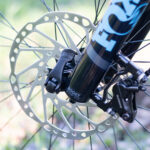
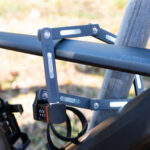




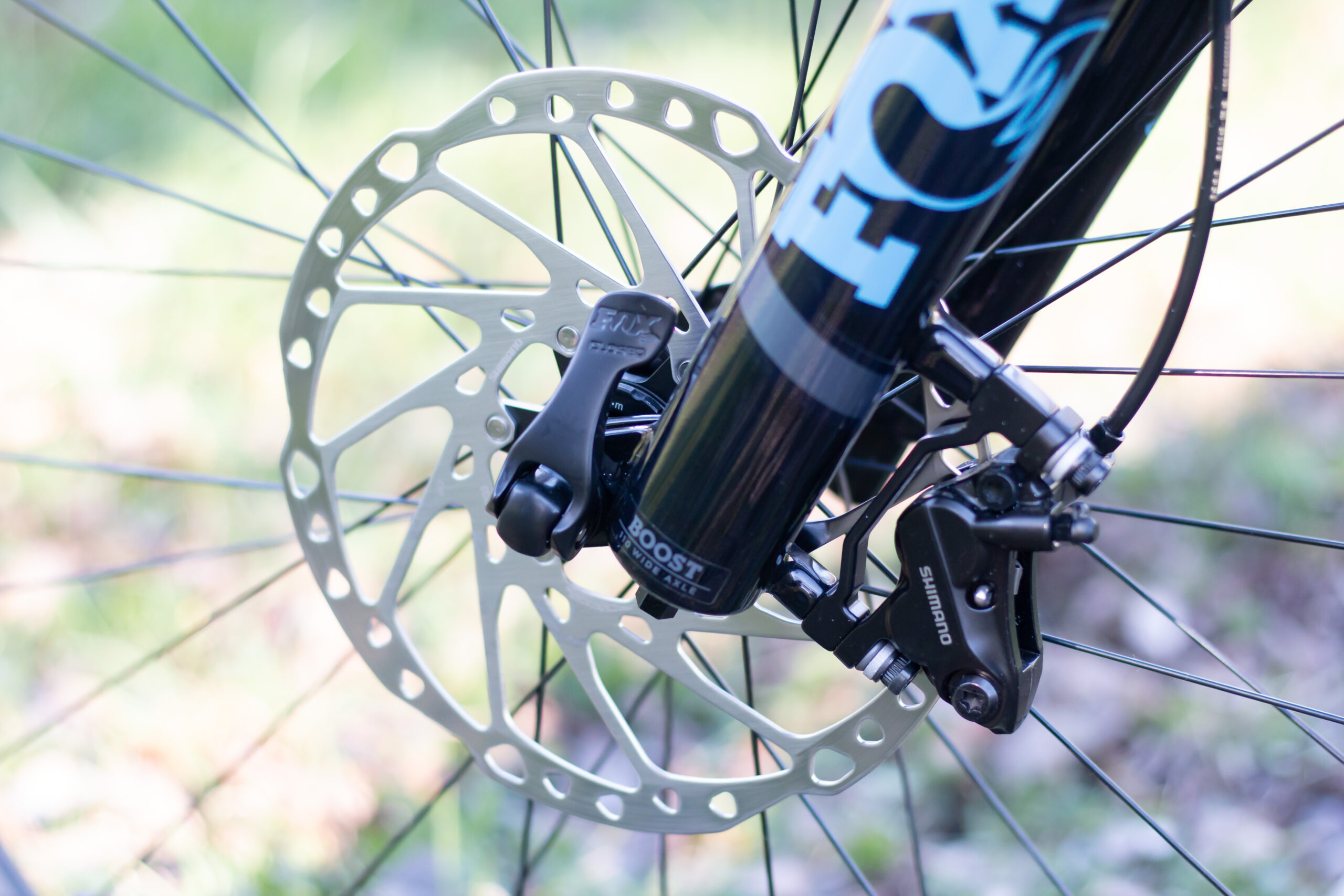
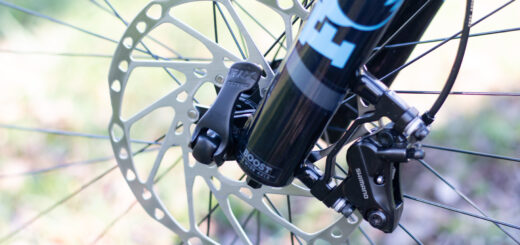
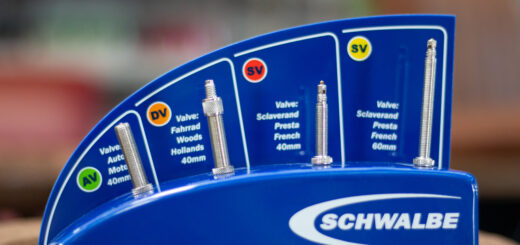









Recent Comments